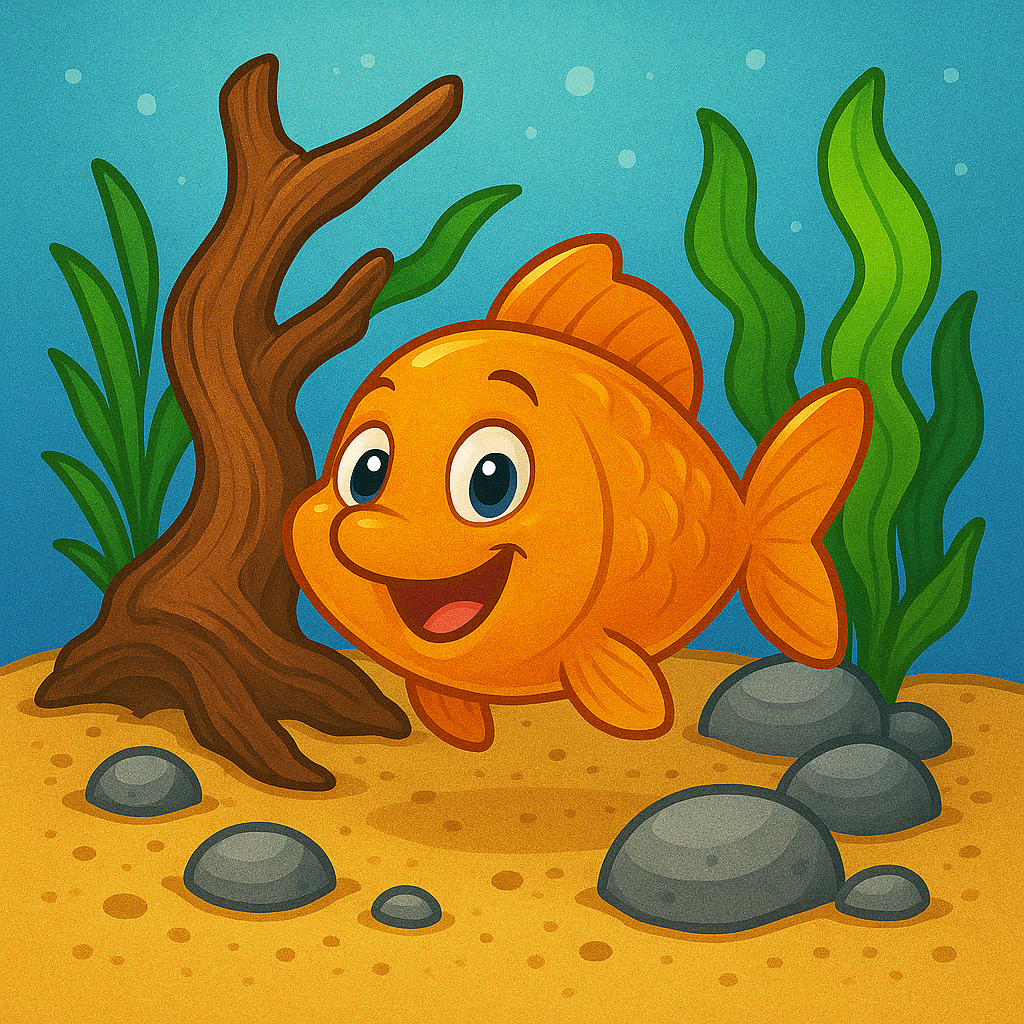Driftwood & Rocks for Hiding and Territories — Deep-Dive Guide
🪵 Driftwood & 🪨 Rocks for Hiding and Territories — Deep-Dive Guide
🧠 Why Cover Matters (Physiology + Behavior)
- 🩸 Stress hormone reduction: Fish deprived of cover show elevated cortisol, weaker immune response, and slower growth.
- 🐟 Territory establishment: Aggressive or semi-aggressive species use visual barriers to define “my space.” Without them, constant chasing occurs.
- 🪺 Breeding behaviors:
- Plecos & catfish: males guard caves, wood hollows, or undercuts.
- Cichlids: dig pits under rocks, spawn on flat stones, or guard caves.
- 🍽️ Feeding ecology:
- Panaque & wood-eaters → rasp on wood.
- Peckoltia/Ancistrus → graze biofilm on rough surfaces.
- 🌙 Resting & security: Nocturnal species (plecos, loaches, synodontis) need shaded hideouts to feel safe during the day.
🪵 Driftwood in Detail
- Types: Mopani, Malaysian, spider wood, manzanita.
- Roles:
- Provides caves, crevices, shaded overhangs.
- Natural grazing surface (biofilm, diatoms, algae).
- Releases tannins → mild antibacterial effect, softer “blackwater” feel.
- Contributes to microhabitats: softer zones, detritus build-up for grazers.
- Special for plecos:
- Wood-rasping Loricariids (Panaque, Hypostomus, Panaqolus) may ingest wood fibers along with biofilm.
- Even “non-wood eaters” (e.g., Ancistrus) benefit from constant rasping substrate.
- ⚠️ Considerations:
- Tannins lower pH slightly and soften water (good for SA fish; not ideal for Africans).
- Heavy pieces must be pre-soaked or boiled to sink and reduce leaching.
🪨 Rocks in Detail
- Types:
- Inert: slate, basalt, river stones (safe for all setups).
- Buffering: limestone, Texas holey rock, aragonite (raise KH/pH for rift-lake cichlids).
- Roles:
- Build caves, piles, and barriers to divide territories.
- Create vertical complexity → fish establish zones at different levels.
- Stable shelters for brood care (cichlids, Synodontis, plecos).
- ⚠️ Considerations:
- Always rest rocks directly on glass bottom, then add substrate, to avoid collapses.
- Secure with aquarium epoxy or silicone if stacking tall.
- Avoid sharp edges for rays or delicate fish.
🪵 + 🪨 Combination Layouts
- For Plecos + Cichlids:
- Wood = feeding substrate, grazing areas, shaded rest.
- Rocks = territorial caves, sightline breaks, spawning pits.
- Together: multiple micro-territories → reduced fights.
- For Stingrays:
- Keep central open sand for roaming.
- Push wood and rocks to edges, corners, or vertical relief → cover without blocking floor space.
- For Discus/tetras (soft water):
- More driftwood, fewer rocks.
- Driftwood + leaf litter mimics natural flooded forest.
📊 How Much to Provide (Guidelines by Group)
| Group | Driftwood | Rocks | Notes |
|---|---|---|---|
| Community (tetras, barbs, gouramis) | 25–40% floor area shaded by wood/plants | Few inert stones | Visual barriers reduce chasing; floating wood for shadows |
| Plecos (Loricariids) | 1–2 large wood pieces per fish (Mopani, Malaysian) | Optional slate/rocks | Caves/hollows are essential; grazing on wood & biofilm |
| Breeding plecos (Ancistrus, Hypancistrus) | Provide ceramic/wood caves | Rocks optional | Males need 1+ cave each for guarding |
| South American cichlids (Geophagus, Apistogramma, Oscars) | Driftwood branches for structure | Flat rocks + piles | Territories, spawning sites |
| African cichlids (Mbuna, Tanganyikan) | Minimal wood (can rot in high pH) | Heavy rock piles (60–70% floor) | Rock labyrinths essential for aggression control |
| Stingrays | Driftwood/logs at edges, above sand | Flat rocks/caves at perimeter | Leave open central sand bed |
| Discus | Branchy driftwood + shade | Minimal smooth rock | Soft-water look; keep swimming room |
🛠️ Practical Setup Tips
- 1 hide/cave per fish minimum if territorial. More hides = less stress.
- Line-of-sight breaks: place rocks/wood so fish cannot see across entire tank → reduces fights.
- Mixed sizes: use big logs + small branches, big rocks + pebbles, to mimic nature.
- Artificial caves: PVC pipes, ceramic tubes hidden under wood/rocks add extra refuges.
- Stability: big rocks always bottomed out, wood anchored, nothing wobbly.
- Aesthetic balance: cover 25–50% of tank floor/walls with hardscape, keep some open water for swimming.
✅ Bottom Line
- 🪵 Driftwood = must-have for plecos, discus, and South American setups.
- 🪨 Rocks = must-have for African and Central/South American cichlids.
- Combination = ideal for mixed pleco + cichlid systems.
- Stingrays need edges with cover but central open sand.

Powered by Lightspeed
Display prices in:USD